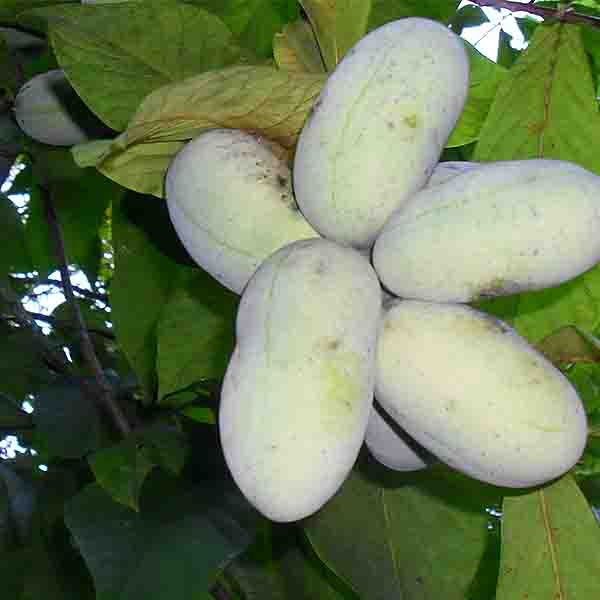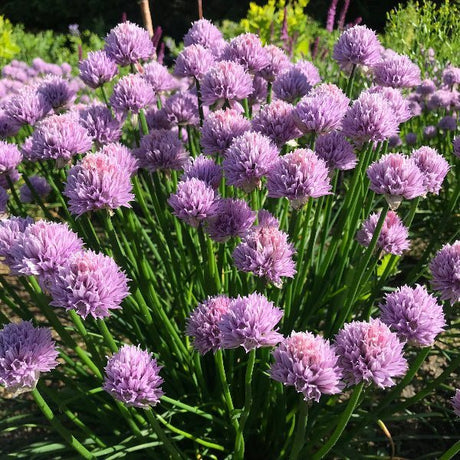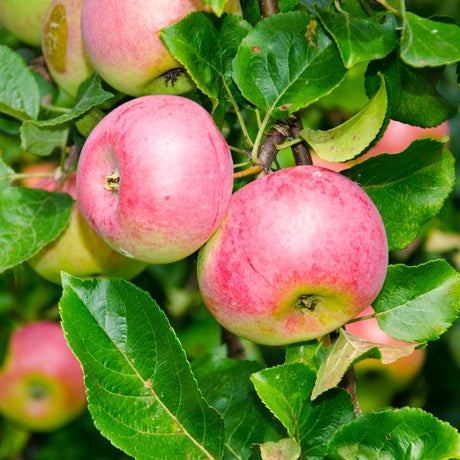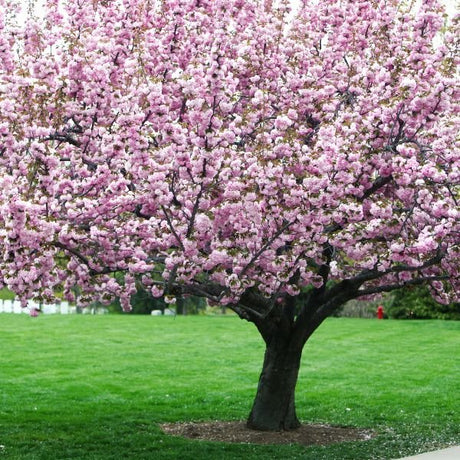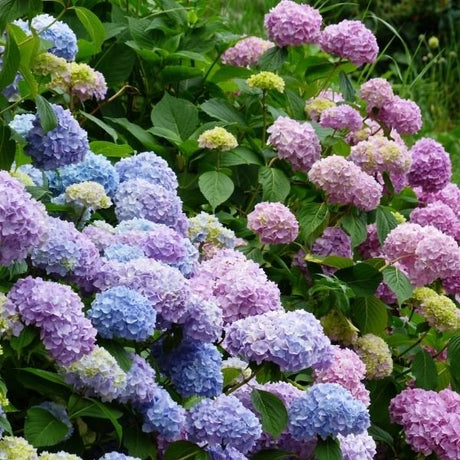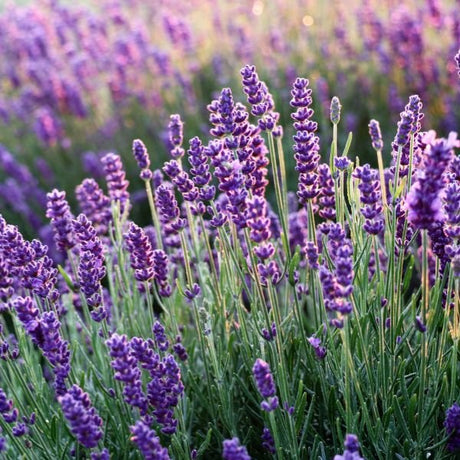Prolific Pawpaw Tree
Asimina triloba 'Prolific'
- Stay Protected with Plant Sentry ™
Prolific Pawpaw Tree is backordered and will ship as soon as it is back in stock.
Plant Sentry™
Plant Sentry™

Plant Sentry™ Protected
Your order is protected by our compliance system that:
- Prevents restricted plants from shipping to your state
- Ensures plants meet your state's agricultural requirements
- Protects gardens from invasive pests and diseases
Delivery and Shipping
Delivery and Shipping
Delivery and Shipping
Fast, Safe Plant Delivery
Ships in 3-4 business days • Tracking provided • Weather protected
| Under $50 | $9.99 |
| $50 - $99.99 | $14.99 |
| $100 - $149.99 | $16.99 |
| $150+ | $24.99 |
✓ Zone-specific timing • ✓ Professional packaging • ✓ Health guarantee
Understanding Plant Options
Nature Hills offers plants in two main formats:
- Container Plants: Grown in pots with soil, sized by container volume and plant age
- Bare Root Plants: Dormant plants without soil, sized by height measurements
Container Plant Sizes
Container sizes indicate plant age and growing capacity rather than liquid volume equivalents. Our containers follow industry-standard nursery "trade gallon" specifications, which differ from standard liquid gallon measurements.
Young Plants (6 months to 18 months old)
| Container Size | Actual Volume | Metric Equivalent |
|---|---|---|
| 2" x 2" x 3" | 0.18 - 0.21 dry quarts | 0.20 - 0.23 dry liters |
| 4" Container | 0.31 - 0.87 dry quarts | 0.35 - 0.96 dry liters |
| 4.5" Container | 0.65 dry quarts | 0.72 dry liters |
| 6" Container | 1.4 dry quarts | 1.59 dry liters |
| 1 Quart | 1 dry quart | 1.1 dry liters |
| 5.5" Container | 1.89 dry quarts | 2.08 dry liters |
Established Plants (18 months to 2.5 years old)
| Container Size | Actual Volume | Metric Equivalent |
|---|---|---|
| 2 Quart | 2 dry quarts | 2.2 dry liters |
| #1 Container | 2.26 - 3.73 dry quarts | 2.49 - 4.11 dry liters |
| 5" x 5" x 12" | 3.5 - 4.3 dry quarts | 3.85 - 4.74 dry liters |
Mature Plants (2-4 years old)
| Container Size | Actual Volume | Metric Equivalent |
|---|---|---|
| #2 Container | 1.19 - 1.76 dry gallons | 5.24 - 7.75 dry liters |
| #3 Container | 2.15 - 2.76 dry gallons | 8.14 - 12.16 dry liters |
Large Plants (3-5 years old)
| Container Size | Actual Volume | Metric Equivalent |
|---|---|---|
| #5 Container | 2.92 - 4.62 dry gallons | 12.86 - 20.35 dry liters |
| #6 Container | 5.25 - 6.01 dry gallons | 23.12 - 26.42 dry liters |
| #7 Container | 5.98 - 6.53 dry gallons | 26.34 - 28.76 dry liters |
Bare Root Plants
Bare root plants are sold by height from the root system to the top of the plant. Plants may exceed minimum height requirements.
Common Sizes:
- Trees: 1 foot, 2 feet, 3 feet, 4 feet, 5 feet, 6 feet
- Shrubs & Perennials: 1 foot, 18 inches, 2 feet
Important Notes
Container Volume Specifications
- Trade Gallon Standard: Our containers follow industry-standard "trade gallon" specifications established by the American National Standards Institute (ANSI Z60.1) for nursery stock
- Volume Variations: Actual soil volume may vary due to plant root systems and growing medium settlement
- Age Indicators: Container size primarily indicates plant age and maturity rather than liquid volume equivalents
Growing Conditions
- Plant size can vary based on variety and growing conditions
- Container size helps indicate plant maturity and establishment level
- Larger containers generally mean more established root systems and faster landscape establishment
Seasonal Availability
- Bare root plants are available seasonally when dormant
- Container plants are available throughout the growing season
- Specific varieties may have limited availability in certain sizes
Questions?
For questions about specific plant sizes or availability, please contact our plant experts who can help you choose the right size for your landscape needs.
Plant Highlights
Prolific Pawpaw Tree highlights at a glance!
-
Botanical Name
-
Brand
-
Growing Zones5, 6, 7, 8, 9
-
Growth RateModerate
-
Mature Height
-
Mature Width
-
Flower Color
-
Fall Color
-
NativeYes
-
Pollinator FriendlyYes
-
Pollinator Required
-
Bloom PeriodEarly Spring, Late Spring
-
Harvest Time
-
FragrantYes
Characteristics
Where To Plant
When To Prune
- Late Winter
Water & Moisture Needs
- Moderate
Sunlight Needs
Soil Needs
- Well Drained

Growing Zones 5-9
While not well-known, the wild native Pawpaw tree is the largest fruit native to North America, and the Prolific Pawpaw variety (Asimina triloba 'Prolific'), is one of the most popular! It was developed by Corwin Davis of Bellevue, Michigan about 40 years ago.
Its fruit is delicious and full of vitamins and minerals! A mainstay during the fall for Native Americans, but while not well-known today, it is gaining popularity each year. The medium-large fruit is oval, pale yellow to light green skin. The flesh is golden and custardy full of sweet tropical flavors, like banana and just a hint of coconut.
Enjoy spooning the delicious flesh right out of the skin, as well as using it in a variety of treats like cakes, smoothies, and ice cream. What you can't eat fresh, you can freeze for later.
Planting and Application:
Prolific Pawpaw blooms are unlike most cold-climate fruit trees. They have a tropical flair with reddish to purple blossoms that attract a large variety of pollinators, especially butterflies. Use it as a backyard tree that will shower you with fruit, fun, and shade!
Pawpaws are not able to pollinate themselves, you need another variety so it will bear fruit unless you would prefer to hand pollinate yours. With vigorous growth, you’ll enjoy fruit in its second or third year! Remaining small with a conical shape, the green foliage lights up summer and turns a golden yellow with the colder nights of fall.
- Oval smooth skin that’s greenish-yellow when ripe
- Ornamental conical-shaped tree & exotic-looking foliage
- Early To mid-season variety - usually September to October
- Bears large crop of medium-large sized fruit
- Sweet fruit & custardy flesh
#ProPlantTips for Care:
Prolific Pawpaw isn't bothered by cold winters, doing well in subzero temperatures. While it grows well in full shade, for fruit you’ll want to plant yours in full sun. Give it a new home in moist, well-drained soil, and will thank you by producing an abundance of fruit every year.
- Cold hardy & disease resistant
- Begins bearing fruit its second year
- Drought tolerant
- Water weekly for peak fruit production
Try this High-Density Planting technique found in our Garden Blog or our YouTube video all about Pawpaws! Enjoy the delicious fruit and watch the birds and butterflies that Prolific Pawpaw brings your way! Order now with its pollinator today at NatureHills.com!

